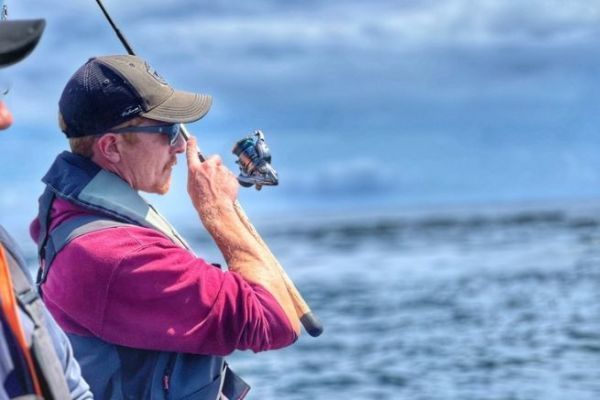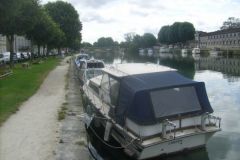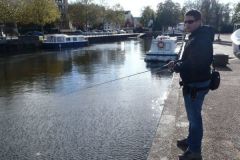Recovery ratio and speed
The speed of recovery depends on several factors.
The first is simply the speed at which you turn the reel's crank.
The second is the reel ratio. This information is important to take into account.
The manufacturer's data generally indicate two elements:
- The ratio, expressed for example as 6.4:1. This means that the rotor + roller + pick-up assembly performs 6.4 revolutions for a single turn of the crank.
- The length of line recovered per crank revolution, expressed in centimetres. It indicates how many centimetres of line are wound with each complete turn of the crank.
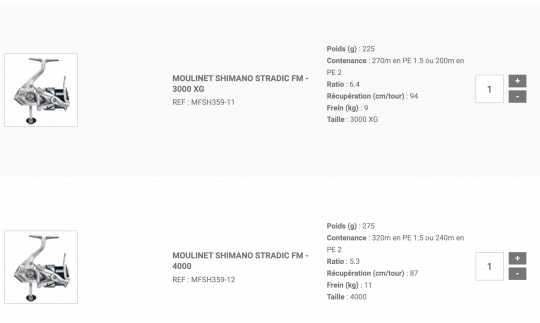
These two parameters are essential for choosing the right reel for your fishing technique.
The importance of the lure's recovery speed
Depending on fish behaviour, you need to vary the retrieve speed of your lure.
A slow retrieve will give the fish time to identify the deception and refuse the attack.
Conversely, too rapid a recovery may appear inconsistent with the environment and deter fish from attacking.
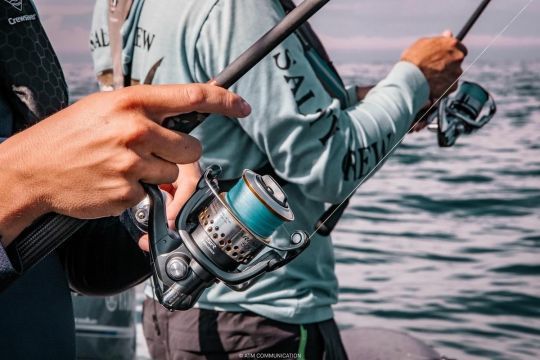
Finding the right retrieve speed therefore requires testing several rhythms and identifying the one that provokes the most reactions. The ideal retrieve speed may change during the day, depending on fish activity and fishing conditions.
Often, when bites are shy or non-existent, we concentrate on changing the lure. However, we mustn't neglect retrieve speed, which is an essential parameter in the success of a fishing trip.
Adapt recovery speed to conditions
To illustrate the above, let's look at a few concrete situations.
Cold waters or early season
At the start of the season, when waters are cold, fish are generally not very active. Often wedged to the bottom, they will only attack prey if it requires a minimum of energy.
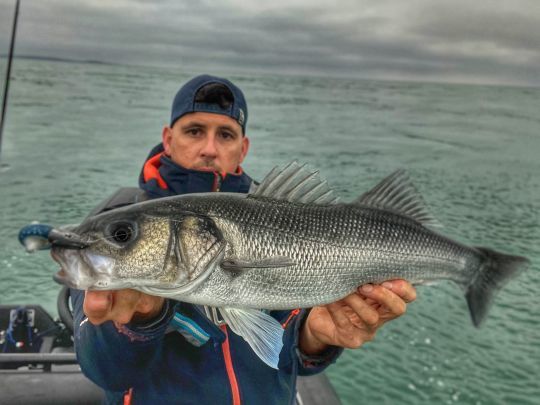
In this case, I opt for a slow retrieve, keeping my lure close to the bottom to maximize the chances of triggering an attack.
Sun, blue skies and active fish
The opposite is true in summer. When the water is clear and the fish are very active, fast retrieves are preferable.
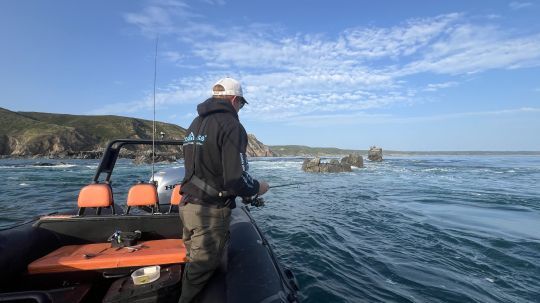
The aim is to play on their instinct for aggression and natural excitement, which often triggers outright attacks.
Large fish are often wary and highly educated: they have seen many lures and are difficult to fool.
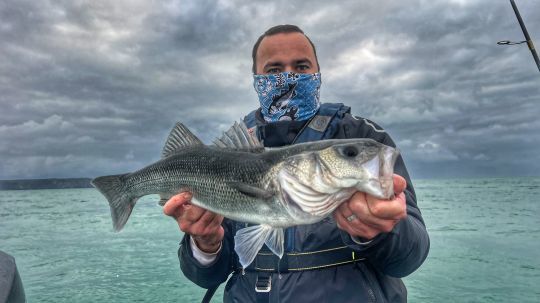
I've found that fast animations sometimes give very good results, probably because they leave the fish little time to analyze the lure, prompting them to attack by reflex.

 /
/ 